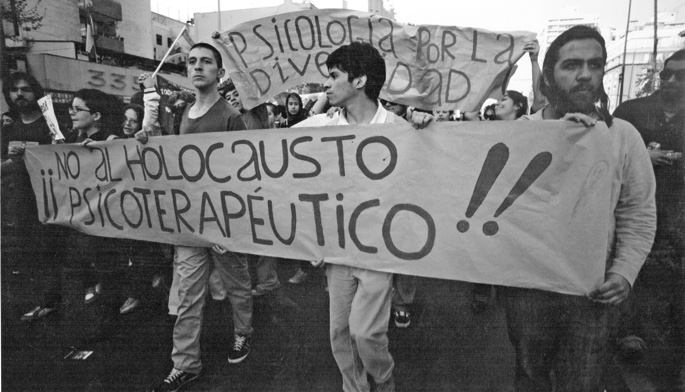
- When we archive something, albeit unconsciously, we consider that matter is dead: it has passed, it is classified, guarded and designated where it is needed. But files can also be a tool for creation. By reusing the material of the past, they can help you think about the present in a different way. The understanding of this file dynamically unites the two new exhibitions that Tabakalera has inaugurated.

With Tabakalera, we're talking too much about the building, about the spaces that are opening up, about public institutions and things like that, and very little about some of the things that are being organized in this space. Exhibitions for example: last September the Suburb of the Audiovisual began its journey with the demand, a declaration of intent to begin to know the line that the cultural project of the center has in its head. But under the opening shrapnel, he didn't find an easy way. Will the two inaugurated last Friday be better lucky? The themes they address and the reflections they propose attract attention.
The first is Anarchivo SIDA: It is an exhibition commissioned by Equipo re (Aimar Arriola, Nancy Garín and Linda Valdés) that can be seen from 15 April to 26 June. It is the result of three years of work. During this time, the impact of AIDS on cultural production has been analyzed, focusing on the Basque Country and the Spanish State, as well as in Latin America.
As the title of the exhibition indicates, it is a kind of “counter-file”. According to the organizers, the cultural impact of AIDS has been widely analyzed in recent years, but the imaginary of the United States and Central Europe has prevailed. In this sense, the exhibition does not intend to offer other kind of testimony of the past, but “to rewrite the present”. To achieve this, they have organized numerous parallel activities related to the exhibition, from the debate on what is called AIDS, to conferences, workshops and performances aimed at questioning the power relations of the environment.
The day after independence
The day after is the name of the other show you can visit in Tabakalera since last week. The work of the Pakistani artist Maryam Jafri is also part of the file, but in this case the approach is very diferente.Se part of Independence Day 1934-1975 for this project: it is the first 24 hours after a territory becomes an independent nation and we want to show how, due to the export of the Western State model to the whole world, this type of processes reproduce the same images in most of cases.
But beyond that point of departure, Jafri The day after looks for the cracks of those standardized stories. In addition, the exhibition also raises the issue of image ownership: In the Independence Day 1934-1975 study, the artist discovered that many of the images broadcast by international photography agencies were from governments of new countries. If the agencies have as their bottom line, if it's those agencies that spread them around the world, who are those images from?
In these times when we are talking so much about independence, it will surely give us where to go.